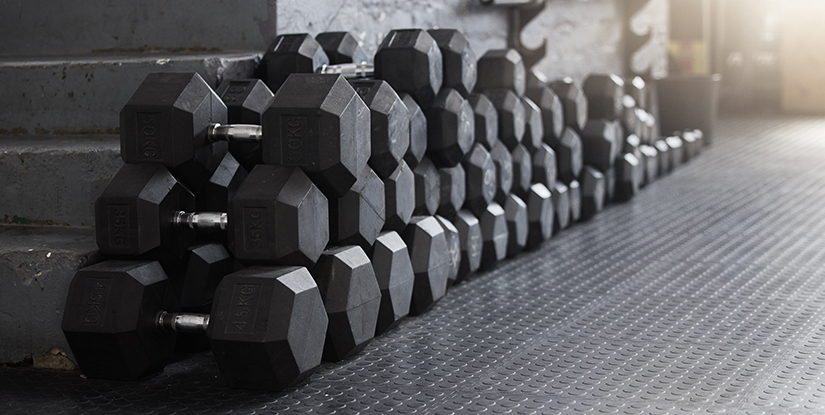How Long Someone Can Use Equipment at LA Fitness

Policy Foundations: Understanding Equipment Usage Timelines at LA Fitness
Understanding how long you can use equipment at LA Fitness starts with recognizing that policies vary by club and by time of day. LA Fitness facilities often experience peak usage during weekday evenings and weekend afternoons, which leads many clubs to implement practical guidelines aimed at balancing access and progress for all members. While some locations may impose explicit time limits on cardio equipment during busy periods, others keep the policy flexible, especially for free weights and machines that tend to stay in higher demand at different hours. The key is to know the signage in your local club, ask staff for clarification when needed, and plan workouts that respect other members while still achieving your goals.
In general, you can expect a few common patterns. During peak hours, cardio devices such as treadmills, ellipticals, and stationary bikes are more likely to have short usage windows—often around 20 to 30 minutes per device, in order to allow more members access. Strength equipment (machines and free weights) tends to be more fluid, with rotation managed implicitly through shared usage rather than rigid time caps. It’s important to differentiate between cardio-specific time limits and overall workout time. Managers may encourage circuit-style workouts that combine cardio and strength in a single block, which helps maintain flow and reduces congestion. Always check the posted policy at your club entrance or front desk, as some clubs maintain longer caps for cardio during non-peak times or offer device-reservation options where permitted.
Beyond formal rules, practical etiquette plays a crucial role. If the gym is crowded, be ready to move promptly between stations, wipe equipment after use, and log your planned time if there is a sign-in sheet or digital tracker. Keep a simple plan in mind: identify the equipment you’ll use, set a rough time budget for each segment, and have a backup circuit in case your primary equipment is in use. This approach helps you stay productive without creating friction with other members.
Data from industry surveys indicates that peak-hour congestion is a common challenge across mid-to-large gym chains, with 60–75% of members reporting longer wait times for cardio equipment on busy evenings. While this is not a universal rule at LA Fitness, it underscores the value of flexibility, clear communication, and a well-structured plan. If you’re new to a club, give yourself a 15-minute buffer to orient yourself to the layout, understand where crowded lanes occur, and identify quieter times for certain workouts. A proactive strategy reduces idle time, lowers stress, and helps you stay consistent with your program.
Visualizing the environment can help. Picture a gym floor layout where cardio machines line one corridor, free weights occupy another zone, and a circuit area houses stations for continuous movement. In busy periods, a practical approach is to perform three 8-minute rounds per circuit (each with a different station) and rotate every 2–3 minutes. This concept supports your workout while minimizing wait times and preserving equipment access for others. The following sections translate these ideas into actionable steps you can apply in your next LA Fitness visit.
Practical Scenarios and How to Navigate Policies
Scenario A: The club enforces a 30-minute cap on cardio during peak hours. You arrive at 6:15 PM on a Tuesday. Instead of waiting for a machine, you begin with a 5-minute dynamic warm-up, then move to a 20-minute interval cardio plan (bike for 5 minutes, row for 5 minutes, treadmill for 5 minutes, and 5 minutes of mixed intervals on a single machine if available). After the cardio block, transition to 25–30 minutes of resistance work using machines, free weights, and bodyweight circuits. This plan respects the time cap while keeping heart rate elevated and ensuring you finish with a cooldown. Scenario B: The club uses non-peak flexibility—no explicit cap but high demand means you must rotate. You can structure your workout as a 4-station circuit (leg press, cable row, dumbbell bench, and leg extension), performing 3 rounds with 60–90 seconds per station. You’ll complete a full-body session in about 40–50 minutes, leaving time for a brief cooldown and stretch. Scenario C: You need accessibility accommodations or have a medical condition requiring longer access to a particular device. Always communicate with staff or a trainer about your needs. In many clubs, staff can suggest quieter times or adjust expectations to ensure safety while honoring any medical requirements and the club’s policy framework.
Key takeaways for navigating policies:
- Always verify local club signage and ask staff for the current rule set.
- Prepare a flexible plan with a cardio-then-strength structure to adapt to time caps.
- Use circuit-based workouts to maximize output in limited time and reduce wait times.
- Keep etiquette at the forefront: reset equipment, be mindful of others, and communicate clearly.
In short, the long-term objective is consistency and safety: work within the club’s guidelines while still targeting your goals through smart programming, equipment rotation, and a well-planned routine. The following section offers a practical framework to translate these principles into a repeatable, efficient 60-minute workout, particularly in peak-hour environments.

